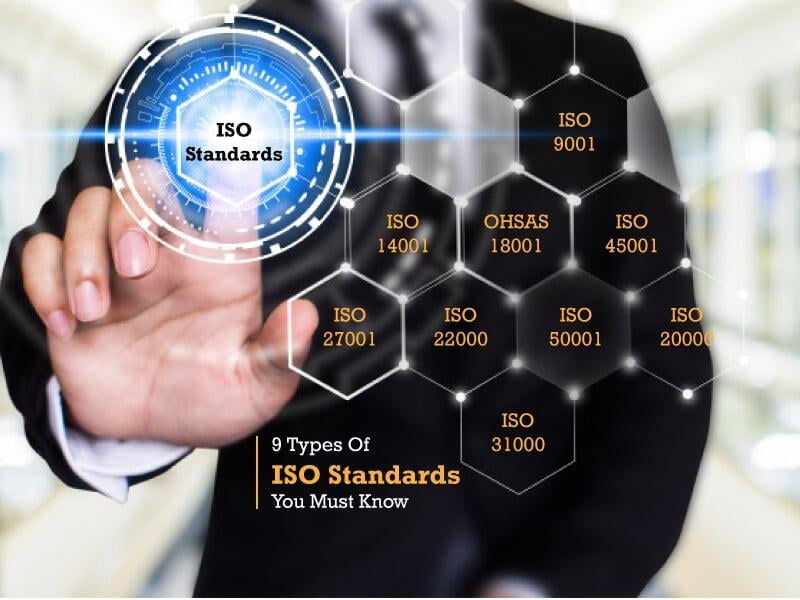

The human rights sections have also been written consistently with the Ruggie framework for human rights and the due diligence-based approach for companies which that recommends. For all such issues it discusses the expectations of organisations in confronting them. It discusses issues of complicity, discrimination, the position of vulnerable groups, and civil and political rights as well as economic, social and cultural rights. Two of the main areas of guidance concern labour practices and human rights. It contains principles for the respect of the rule of law, for international norms of behaviour and for human rights.

#Iso standards iso
ISO 26000 directly addresses human rights on many points. It is also not a standard against which a company might be certified. From a human rights perspective one important implication is that this means it is designed to be applicable to governments - although the standard is not intended to ‘alter or in any way change the obligations of the state’. To ensure the consistency of ISO 26000 with other conventions and guidelines, ISO has also entered special agreements with the ILO, the Global Compact and the OECD.Ī few words on what it is not: the standard is not intended for companies alone, but for all types of organisations. Overall, membership of the working group is deliberately structured to give voice to representatives from industry, labour, NGOs, consumer groups, and government. I have been involved, representing NGOs, since 2003. A number of international organisations such as Consumers International and the International Organisation of Employers are also members of the working group in their own right. Since then it has been developed with the help of a very large working group, drawn from about 80 countries including many in the South. Social responsibility was therefore a departure for ISO when first suggested in 2002. By facilitating those areas in which there is little competition and more to be gained by so-operation, ISO standards have achieved widespread use and considerable respect from industry. Historically ISO has mainly produced standards on far more technical and mundane matters, such as quality control (ISO 9000). The standard will directly address human rights amongst other issues, including corruption, fair competition and consumer concerns. It was closely fought - but despite controversies and pressures, the outcome was that the draft standard should proceed to the last stage before becoming an official ISO standard probably later in 2010. In the last few weeks a vote was taken by the national standards bodies that compose ISO’s membership. Gives companies a framework for reducing the burden of occupational injuries and diseases by improving employee safety and reducing workplace risks to create better, safer work environments.ISO 26000 will be a standard for social responsibility produced by the International Standards Organisation (ISO).
#Iso standards how to
Lists the requirements for quality management systems for medical devices and how to manage quality through every step of the product’s lifecycle. Sets out the criteria for a quality management system, which includes a strong customer focus, the involvement of top management, the process approach, and continual improvement.ĭetails what organizations need to do to show their ability to identify and control food safety hazards and ensure that food is safe.Įxplains how to set up an environmental management system, which assures management, employees, and external stakeholders that the company is aware of and improving its environmental impact.


 0 kommentar(er)
0 kommentar(er)
